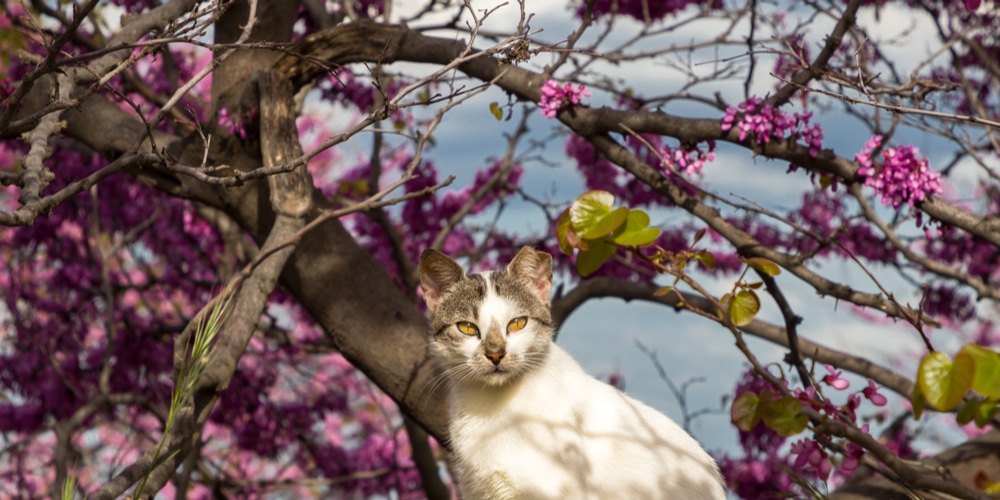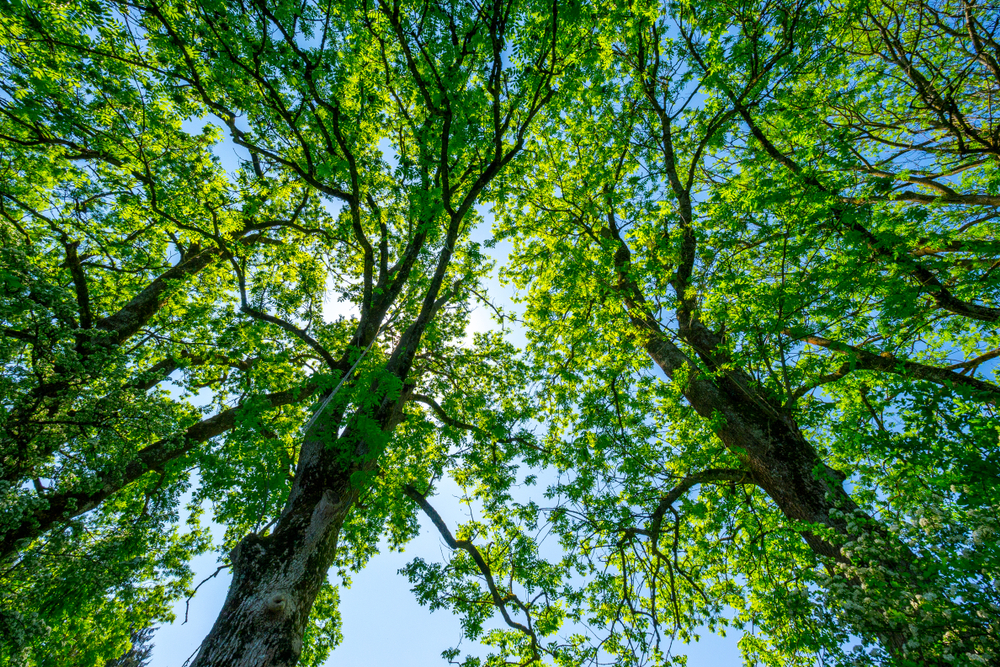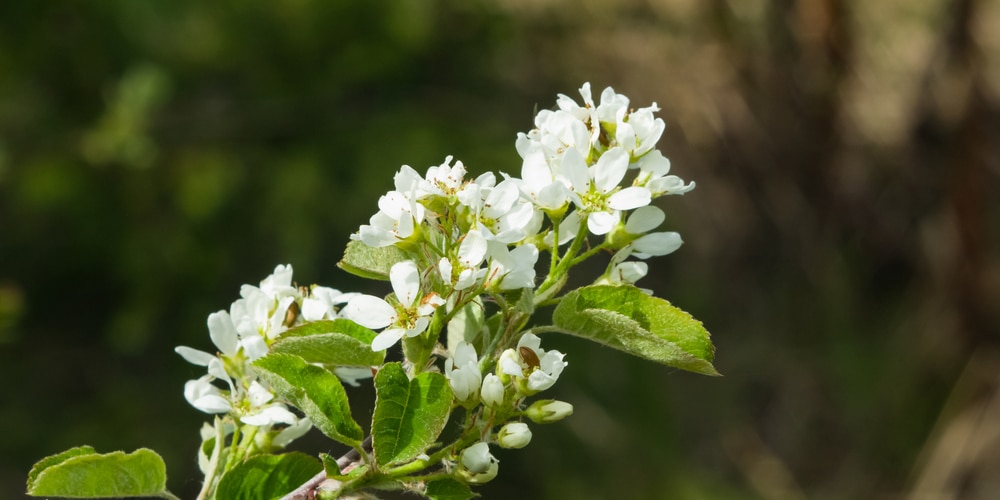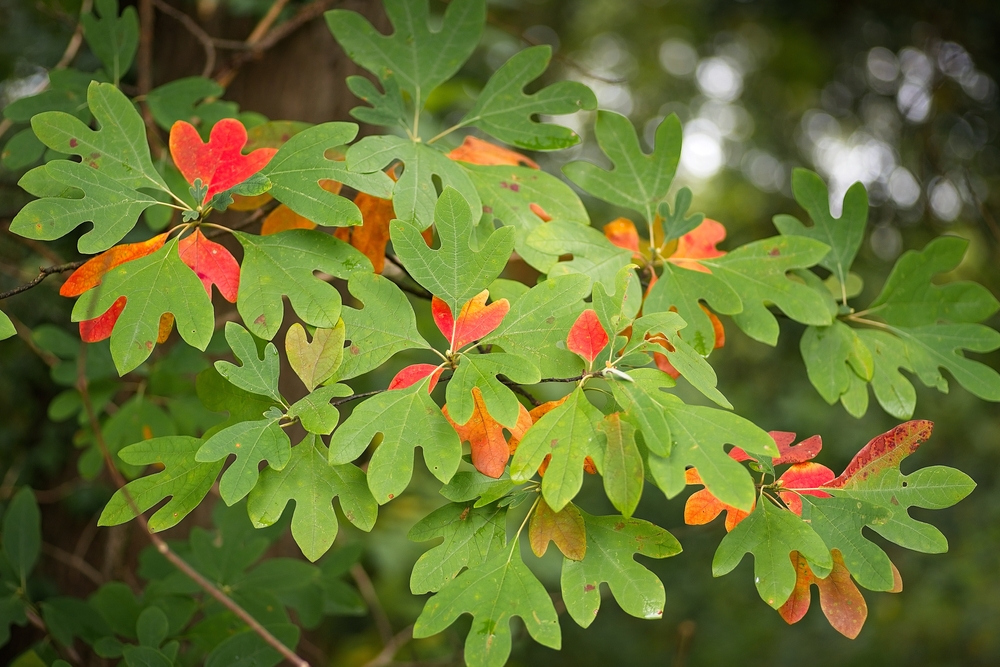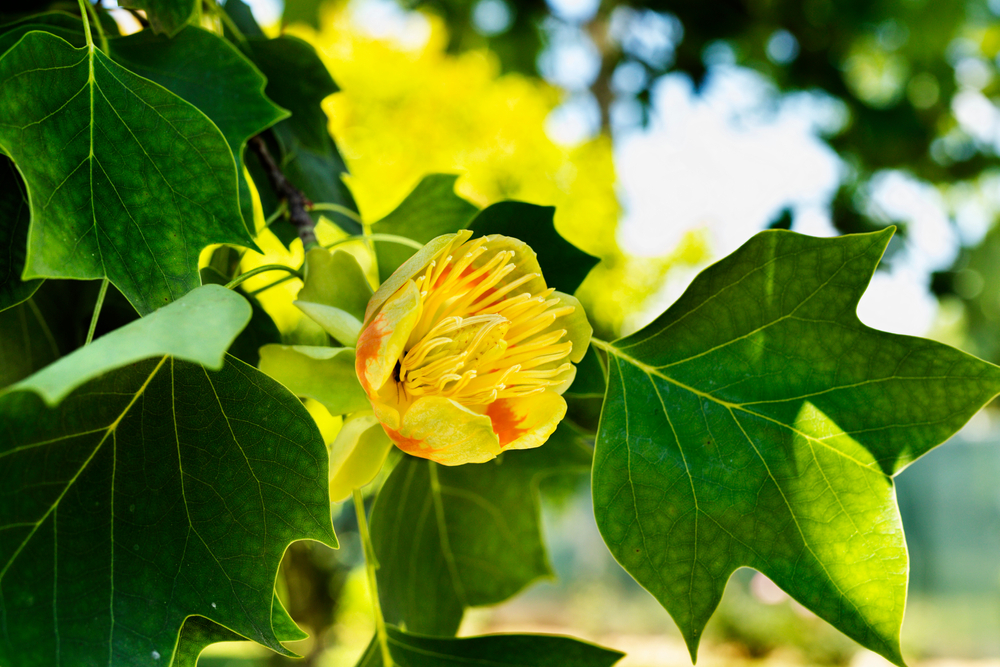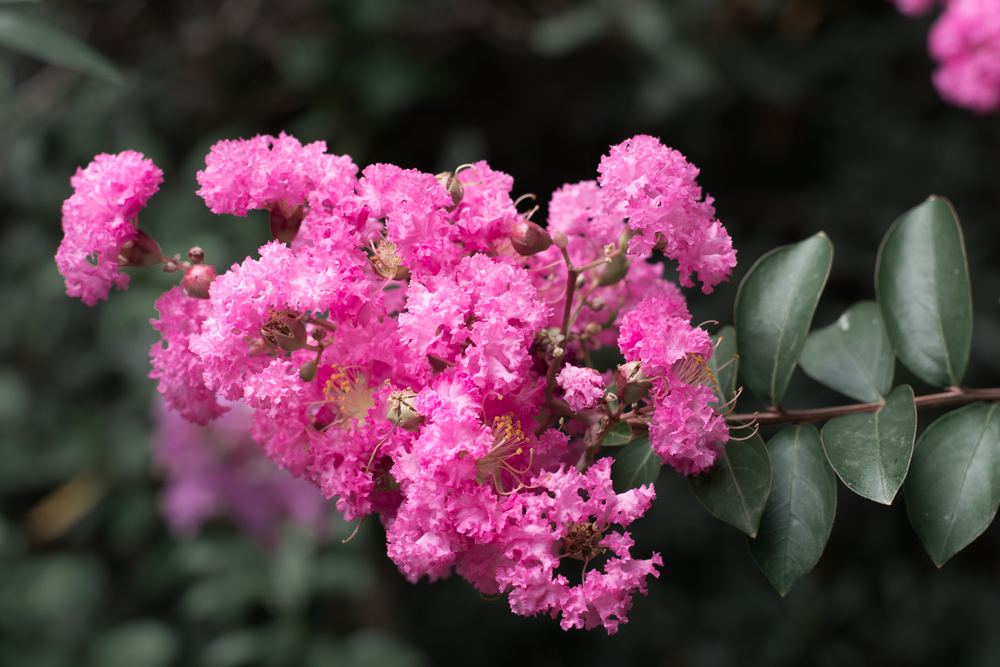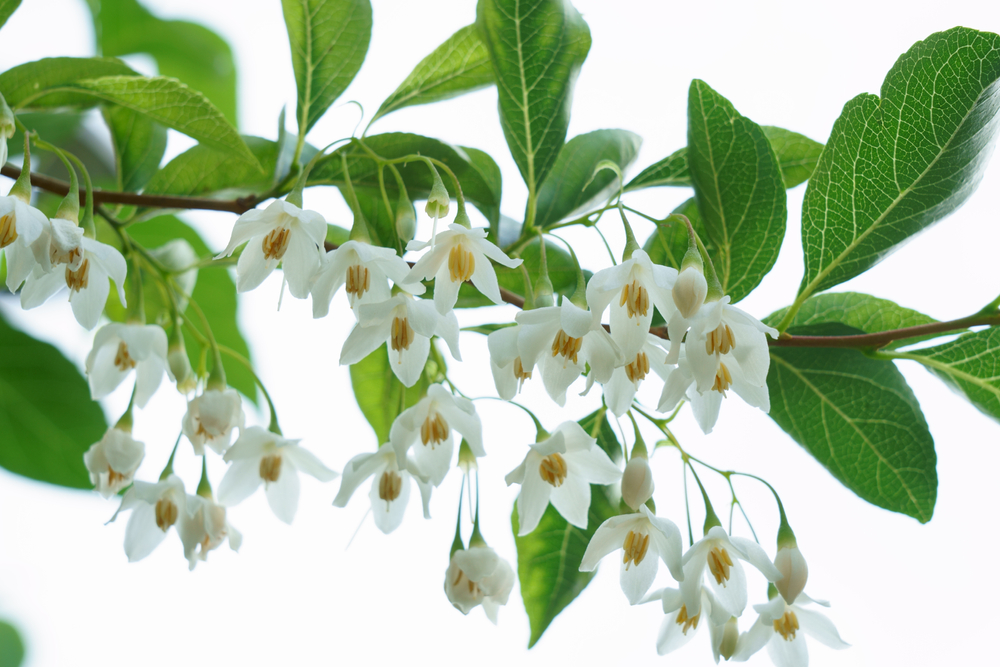The soil in Illinois can grow an array of flowering trees for your garden or front yard. Whether you like pink blooms or white blooms, or go for the color-changing leave in the fall, you can get it all in Illinois! Let’s look at some flowering trees in Illinois.
Flowering Trees in Illinois
Check out the list of ten great flowering trees in Illinois.
Crabapple
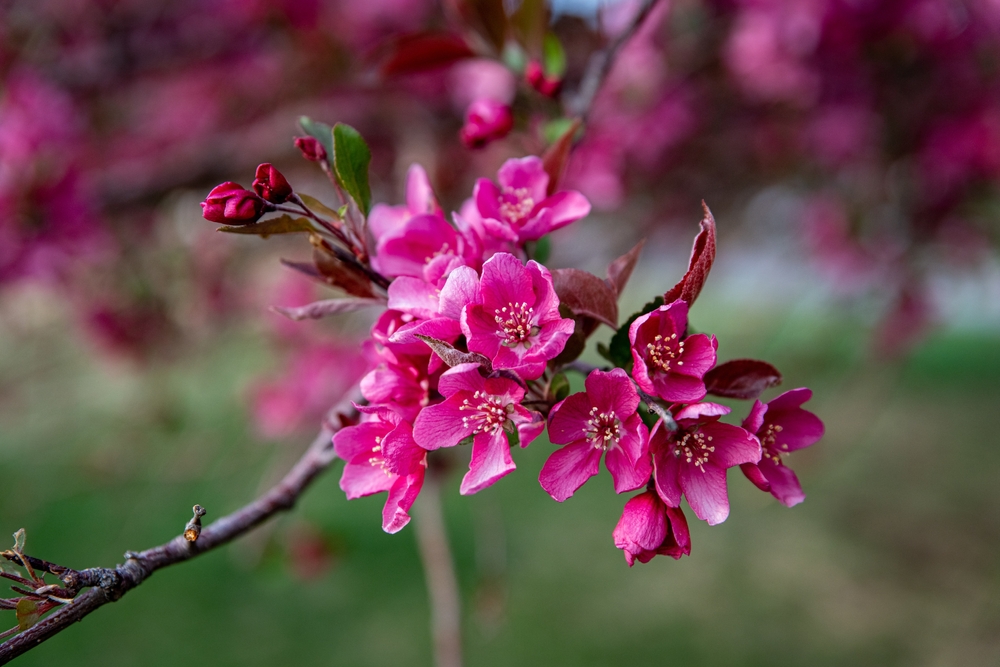
Crabapple trees are found in the southern part of Illinois. They produce large, fragrant flowers that show off for a short period in the spring.
After the blooms finish their show, crabapple trees produce the fruit they get their name. There are over 50 species of crabapple trees. And all species of crabapple trees are easy to plant and maintain in yards across Illinois.
Pagoda Dogwood
Pagoda Dogwood trees grow 15-20 feet tall, occasionally reaching 30 feet tall. Their leaves are alternate and oval-shaped. They have a medium green tint in the summer and turn red and purple in autumn.
Small clusters of white flowers are sprinkled across the Pagoda Dogwoods. After the flowers have faded, dogwoods produce a small drupe fruit that is bluish-black.
Japanese Lilac
Japanese Lilac trees can be found across Illinois. They grow 15-25 feet in height. They produce clusters of creamy white flowers in late spring/early summer.
They have shiny bark, similar to that of cherry trees. They prefer moist, well-drained soil and full sun. Their beautiful flowers produce a strong fragrance, but some people find it unpleasant. They maintain their green foliage through summer and fall.
Flowering Ash
Ash trees are native to Illinois and can be found in forests and landscapes across the state. They have compound leaves that consist of small, glossy green leaflets. In the late spring, ash trees will produce showy white panicle blooms.
Both male and female ash trees produce flowers, but only female trees will produce fruit.
Seven-Son Flower
Seven-Son Flower trees grow as either small trees or shrubs. The tree variety grows 15-25 feet tall with a spread of 12 feet wide. They thrive in full sun but can remain in partial shade.
Glossy leaves emerge in early May and last through the summer season. Creamy white blooms emerge in late summer, making the Seven-Son Flower tree even more attractive. They remain attractive into the fall. The flowers produce bright, cherry-like fruit that will catch the eye of anyone passing by.
Serviceberry
Multiple species of Serviceberry trees are native to Illinois. The Downy Serviceberry reaches 15-20 feet in height. They produce silvery fuzzy buds in the wintertime, making them especially attractive.
These blooms turn to a sweetly fragranced white bloom in mid-spring. As the blooms begin to fade, berries begin to ripen in late May and are fully ripe by the end of summer. The leaves then change to a brilliant red or gold in the fall.
Sassafras
Sassafras trees are rarely found in the northern tip of Illinois but are plentiful in the southern ¾ of the state. Their green leaves are smooth on top and hairy on the underside.
Their green-yellow flowers are about one-third inch long and appear from April through May. They mature to produce a drupe fruit that is dark blue. Sassafras leaves turn orange, yellow, and red in the fall.
Yellow Poplar
The Yellow Poplar tree is found in southern Illinois. Yellow-green petals appear when Yellow Poplar trees bloom after their green leaves appear. The flowers appear from April through May.
A dry, winged seed is produced after the flowers have faded. These fruits are important as food for wildlife in Illinois forests.
Pink Velour Crape Myrtle
Pink Velour Crape Myrtle trees are among the most popular landscaping trees in the southeastern United States. This attractive tree boasts showy clusters of bright pink flowers and smooth bark.
You will want to be careful with the variety of Crape Myrtle you plant in Illinois. They will thrive better in the southern region of the state because they can be damaged by abrupt cold fronts. Plant them in full sun during mid-summer for best results.
Japanese Snowbell Tree
The Japanese Snowbell Tree can grow up to 30 feet tall and 25 feet wide. They are dainty, small accent trees. They feature bell-shaped flower clusters that hang loosely from the branches in early spring. The ball-shaped white flowers are where Japanese Snowbell trees get their name.
The leaves turn to a brilliant orange in the fall. And gray drupe fruits are displayed in late summer. Maple trees also grow well in Illinois and have beautiful fall leaves.

